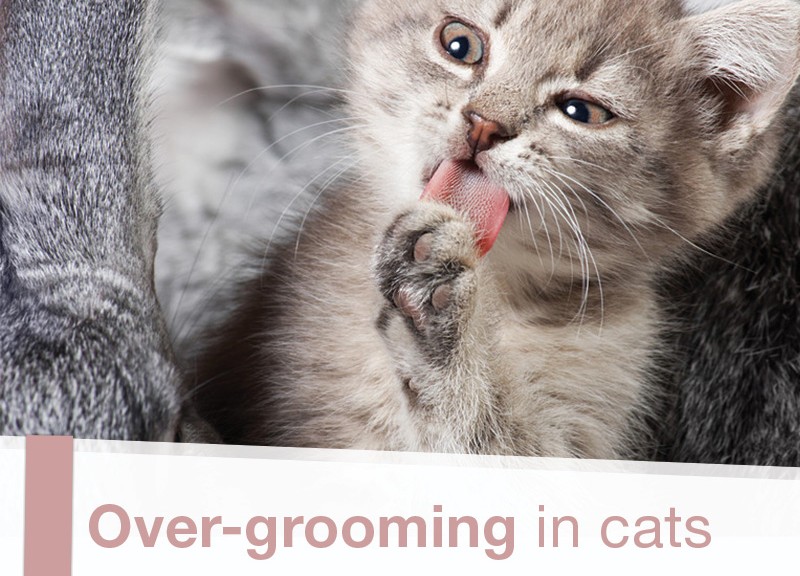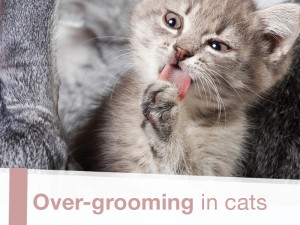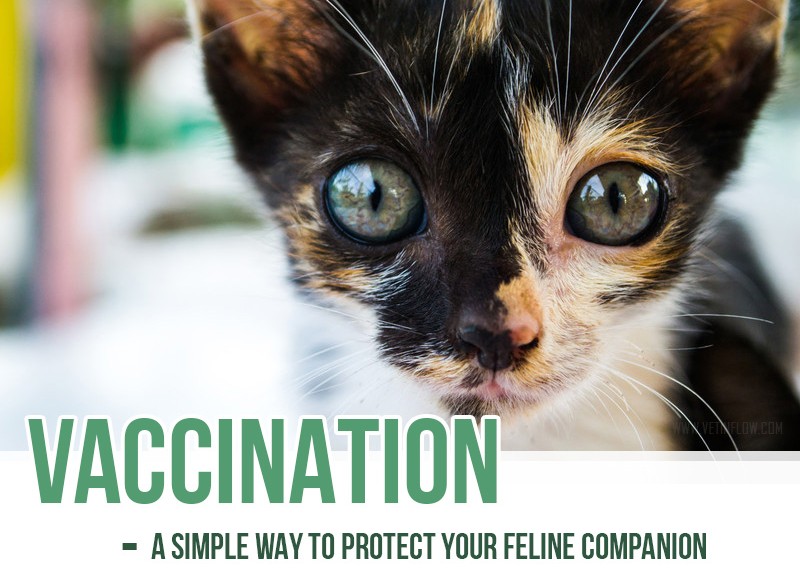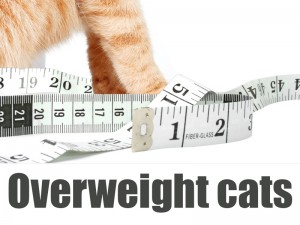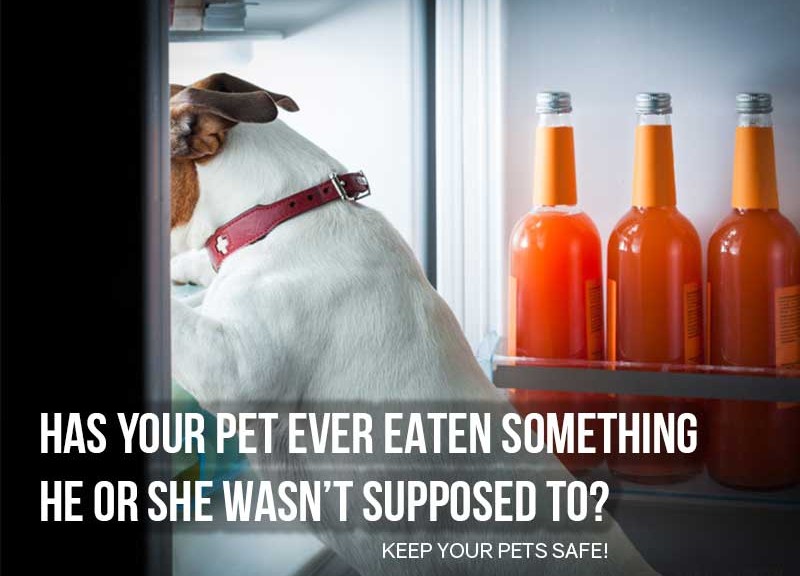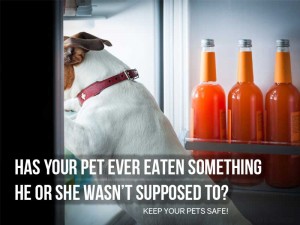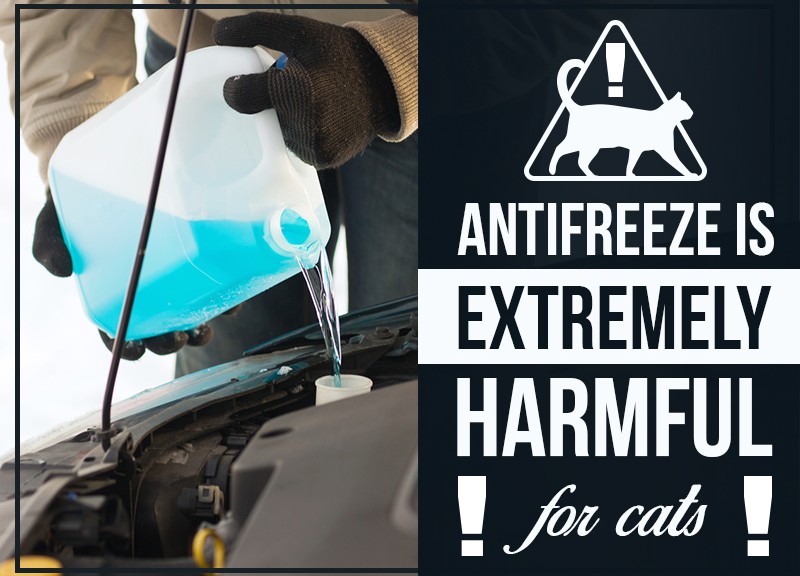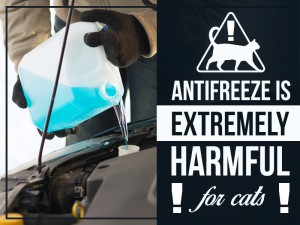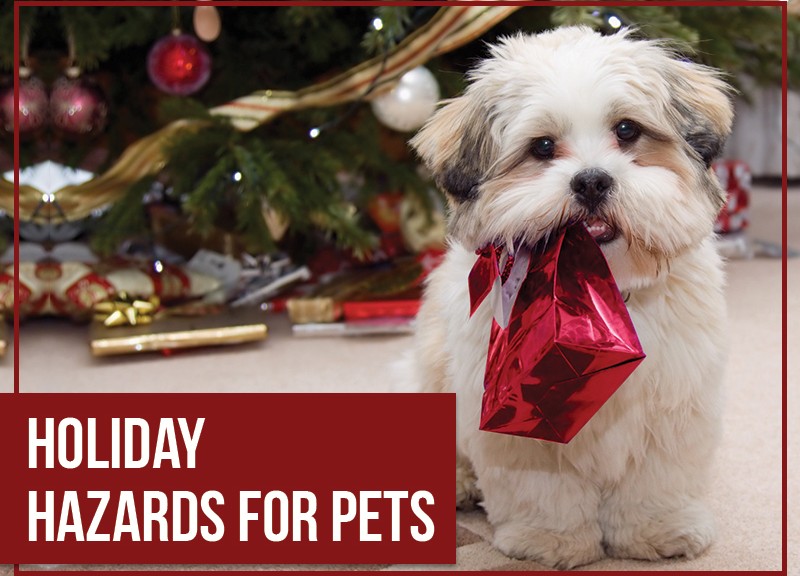Bringing a new kitten home, what a joy! We know you want to keep your new pet happy and safe so here are a few things you should keep in mind.
Firstly, you need to have a cat carrier not only for your kitten’s first journey home, but also for later trips. Cats can get stressed when travelling in cars so it is better if they are confined in the carrier where they might feel safer. When you bring your kitten home put the carrier in the room you’ve prepared for the new pet to help him or her become comfortable with its presence.
Before bringing your kitten home you should prepare a small room where your new furry friend will be for the first days. Having a smaller area to explore at first will help your kitten get comfortable with the new home. The room shouldn’t have long curtains, objects that can be dangerous to your pet or poisonous plants, such as lilies. You should also get a comfortable bed with a nice blanket and you can place a scratching post nearby.
You should place the litter box in one side of the room and the food and water bowl in the other, as cats prefer to keep these two separated. Usually cats start using the litter box quickly with very little effort from their owners but if necessary you can show your new kitten where the litter box is and place him or her on the box when waking up from sleep and after meals, or when he or she is sniffing, scratching or beginning to crouch.
Kittens are very playful so your new pet will also need toys. You can leave some toys in the room to keep him or her entertained and occupied. Do your best to engage in several interactive play sessions per day and to socialise your kitten to people, sounds and experiences. Cats are naturally active at dawn and dusk but your kitten can adjust his or her sleeping patterns to fit in with your lifestyle.
It’s in a cat’s nature to have several small meals a day and it is recommended for kittens to be fed a good quality diet. Clean drinking water should be available at all times!
Many cats love to drink milk but please remember that many cats are lactose intolerant. This means cow’s milk can cause diarrhoea and abdominal discomfort in cats. There are commercial versions of milk for cats (that had most lactose removed) which are less likely to cause any issues. If your cats show any discomfort or diarrhoea the best option is to stop giving them milk.
You should make an appointment with your vet, so that your new pet can be properly examined, and treated if necessary. You can also take the opportunity to clarify all your doubts and get all the health information you need.
Your kitten shouldn’t be allowed outside until at least a week after he or she has finished the first course of vaccinations because of the risk of getting infectious diseases. It is also important to microchip your cat just in case he or she becomes lost or injured away from home. Microchipping is the best form of permanent identification.
Enjoy your new kitten and don’t forget to schedule a vet’s appointment for your furry friend every year.
Would you like to know more about cats? Check our Feline Courses:

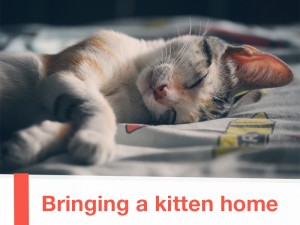
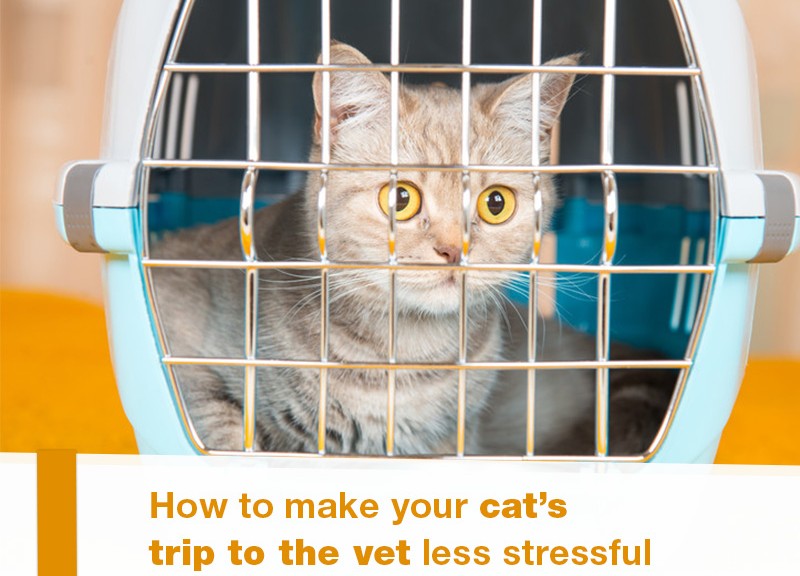
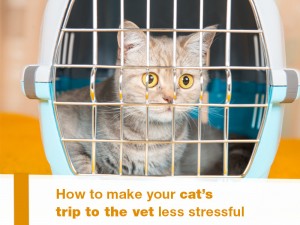
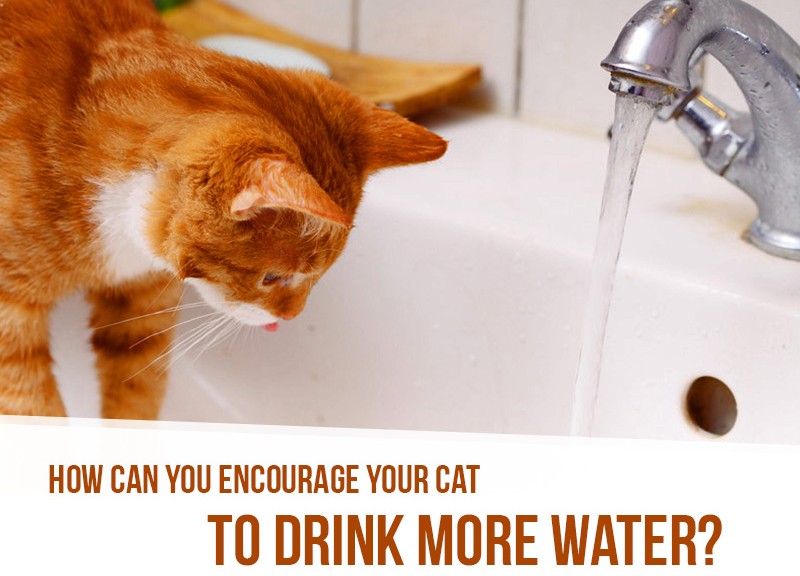
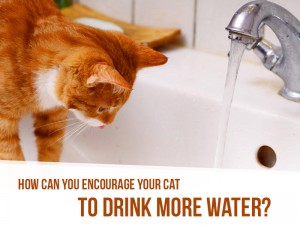
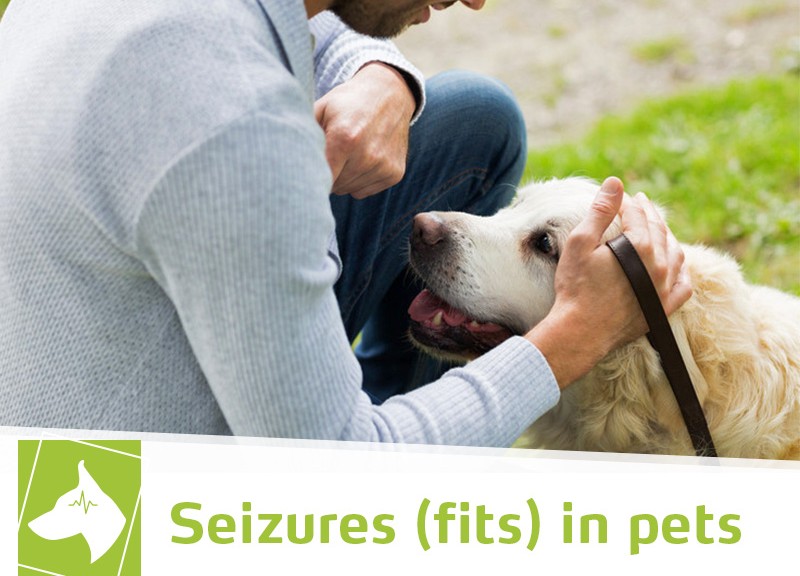
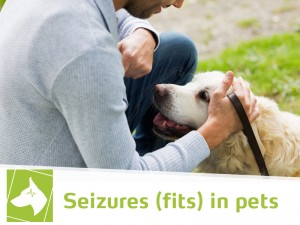 ´
´